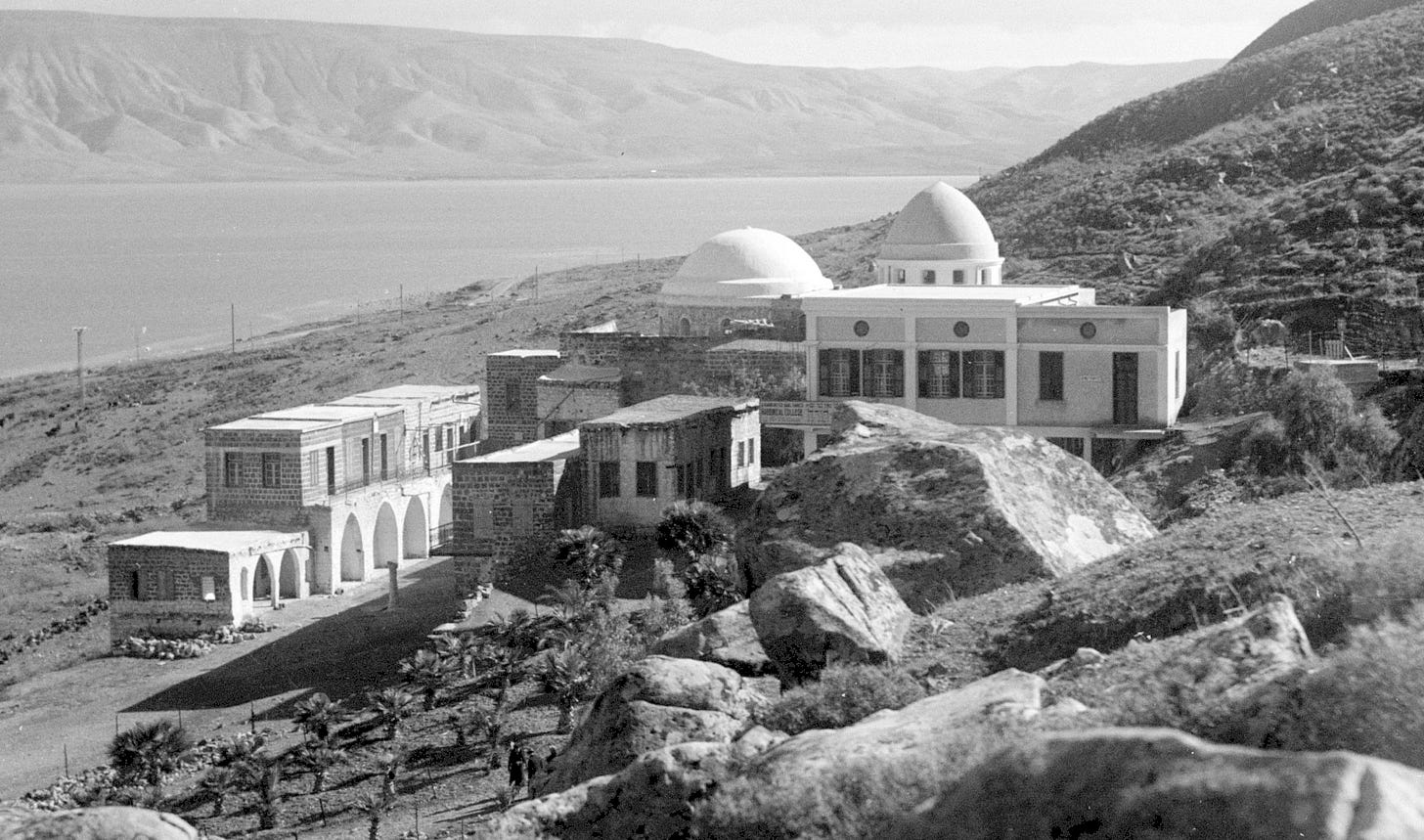Iyar 5784: Rabbi Meir Baal ha-Nes
🕯️ The month of Iyar is dotted with sorrow and celebration, which come together in Rabbi Meir Baal ha-Nes, whose yahrtzeit falls on Pesach Sheni and is celebrated on the holiday of second chances.

Audio
Find an audio version of this newsletter here.
In this issue:
The Development of the Traditions Surrounding Rabbi Meir Baal ha-Nes
Reads and Resources
Since we’re in the midst of a series on Kabbala, I thought it would be fitting to take a closer look at the Kabbalistic practices that have evolved around the figure of Rabbi Meir Baal ha-Nes (the Miracle-Worker). The central practice is making a hilula, a public celebration, at Rabbi Meir’s tomb in Tverya (Tiberias) on the anniversary of his death, thought to be on the 14th of the Hebrew month of Iyar. Rabbi Meir’s hilula also coincides with Pesach Sheni. Pesach Sheni (Second Passover) is mentioned in the Torah as an opportunity for those who were unable to bring the Korban Pesach (paschal offering) on the 14th of Nisan, the eve of Pesach, to bring it exactly a month later, on the 14th of Iyar. It has evolved, accordingly, even in the absence of our ability to bring Korban Pesach, into a holiday of spiritual second chances.
(Four days later, on the 18th of Iyar, the better-known hilula of Rashbi, Rabbi Shimon bar Yochai, the hero of Sefer ha-Zohar, is celebrated on nearby Mt. Meron. It too coincides with another notable Iyar event: Lag ba-Omer, but we’ll have to leave the fascinating development of Lag ba-Omer for another time.)
The Development of the Traditions Surrounding Rabbi Meir Baal ha-Nes
Rabbi Meir Baal ha-Nes has become a popular, saintly figure, thought to be an intercessor on behalf of the needy, particularly the finding of lost belongings. Most of the traditions surrounding Rabb Meir Baal ha-Nes practiced today, including his hilula, the charitable collection of funds for needy residents of the Land of Israel, and the intonation of segulot (formulaic remedies, in this case for lost items), are modern developments of the eighteenth and nineteenth centuries. As Daniel Boyarin puts it, “The modern Rabbi Me’ir somehow seems—not so surprisingly perhaps— closer in his profile, not only to a St. Jude, but to a nineteenth-century Hassidic Wunderrabbiner or a twentieth-century North African miracle-working saint than to any figure that we could locate in late antiquity.”1
Keep reading with a 7-day free trial
Subscribe to Stories from Jewish History to keep reading this post and get 7 days of free access to the full post archives.




